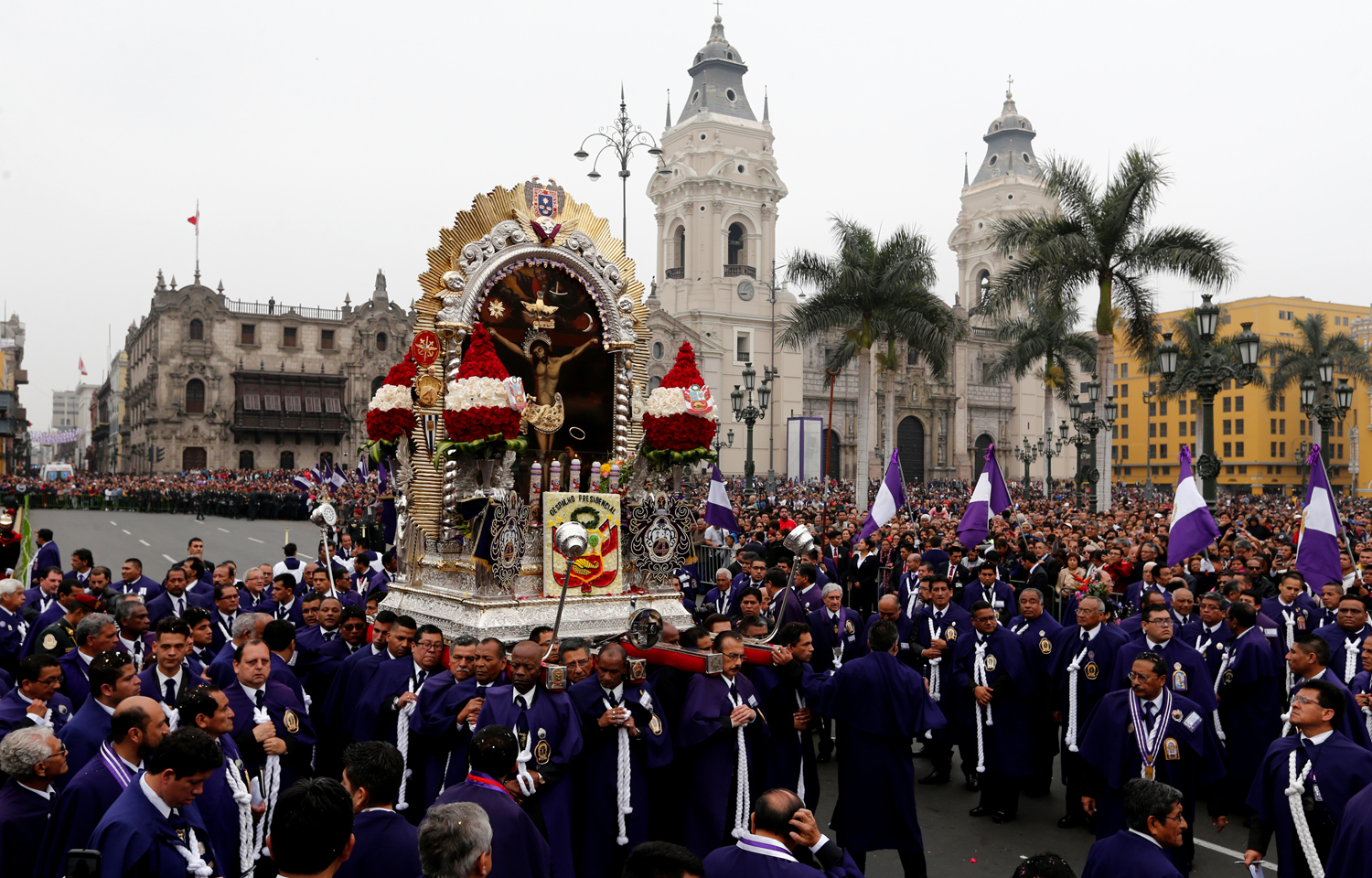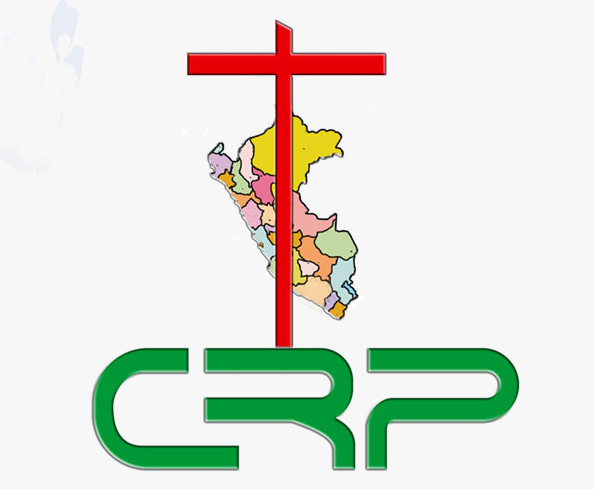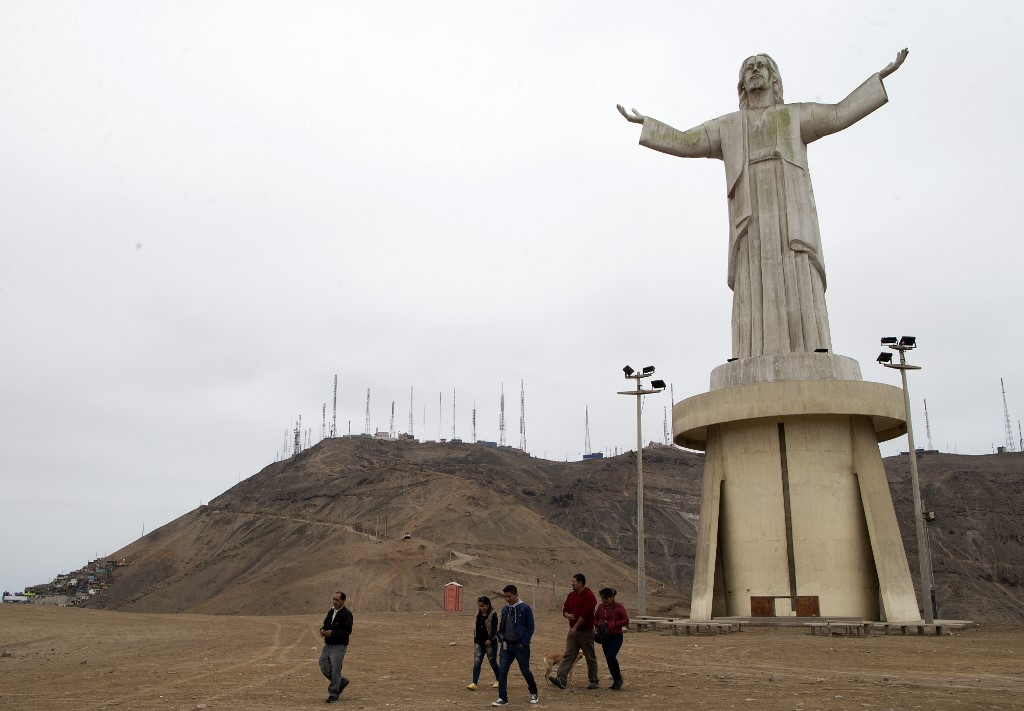Religions in Peru and The Development – Every nation and country has different perspective regarding the religions and belief. Some countries separate the matter of religions and beliefs with the policies and laws in the countries. However, there are also countries who see religion as important and even vital aspect of the country that later make the government adopt religious beliefs as part of laws and constitution. In other words, certain religion or belief has its direct impact in the country. In this case, something interesting can be seen in Peru. This is country in South America and it is officially known as Republic of Peru. The country has large population and it even becomes one of countries in South America with highest population rate. s what their ancestors had in the past. Thus, people blended the traditional belief and Christian faith. This makes the religion practice in Peru quite interesting.
Based on the history, Peru the indigenous people of Peru already had their traditional belief. It is related to the belief in gods in the Inca Empire in the past. Even when the Spanish missionaries came to Peru in the past, they did not teach Christian faith directly but they blended the traditional belief and practices so people could accept Christian belief and made it develop as what people can see in Peruvians nowadays. Even if Roman Catholic becomes the dominant religion in the country and it has correlation in the development of the country, its constitution guarantees the freedom of beliefs. Peruvians also have good tolerance and generosity in various beliefs, religions, and cultural practices.
As what is mentioned above, Roman Catholic becomes the dominant religion. Even, constitution of Republic of Peru recognizes the Christianity of Roman Catholic as important element. It is not only in term of culture and history, but also in term of development of the country. Currently, almost 79% of Peruvians are catholic. It is not only the matter of religion and its practices, but even Roman Catholic believers receive preferential treatments. For example, catholic clergies in Peru get remuneration monthly and it is given by the government. The remuneration is separated from the stipends that the clergies receive from the church. In addition to the clergies, dioceses in the country get institutional subsidies from government monthly. The remuneration for the dioceses is even signed in formal letter and it happened in 1980 with the Vatican. The preferential treatments are not only limited to the clergies and dioceses or local churches, but the believers can have good treatment in education and taxes. There are also regulations regarding the immigrants of religious workers and they receive good treatments from the government. Furthermore, there is regulation stating that religious education should be provided in both private and public schools in Peru. Even if the constitution supports freedom of religions, it can be seen that Roman Catholic Christianity and their believers get preferential options.

In addition to the Roman Catholic Christianity, there is Protestant Christianity that has many believers in Peru. There are around 11% of people. Even, the Protestants have great growing rates in the country and it is predicted that the percentage will be higher and even tripled in upcoming years because of its growth. The growth cannot be separated by the mission of Protestant Christianity that tries to achieve differences both in country and society. Thus, many people are more interested to the Protestants and want to become one of them.
As what is found in other countries, there are significant growths of Atheism. Peru also has around 4% of atheists in the entire populations. These non-religious populations were not significant in the past, but the growths were recorded around 1993 until 2007 based on the data from National Institute of Statistics Informatics. Remaining percentages are other religions. Three religions that have fair numbers of people are Mormon or Later-Day Saint (LDS), Baha’i Islam and Buddhism. As for the Buddhism, it was introduced in Peru around 1899 and Mahayana becomes the major school of Buddhism in Peru.
As what is mentioned in the early parts, Roman Catholic believers in Peru have adapted the traditional belief. These create syncretism and it can be seen in the religious practices, especially during special celebrations and ceremonies. One of them is the feast of summer solstice in Peru. Indigenous people still have tradition to worship the God of the Sun and the festival of summer solstice becomes the main celebration to worship the God of the Sun called Inti. However, the practice now becomes the feat day of Saint Peter and Paul. Some indigenous people also still pray to the god of mother earth and even provide offering during certain occasions.

